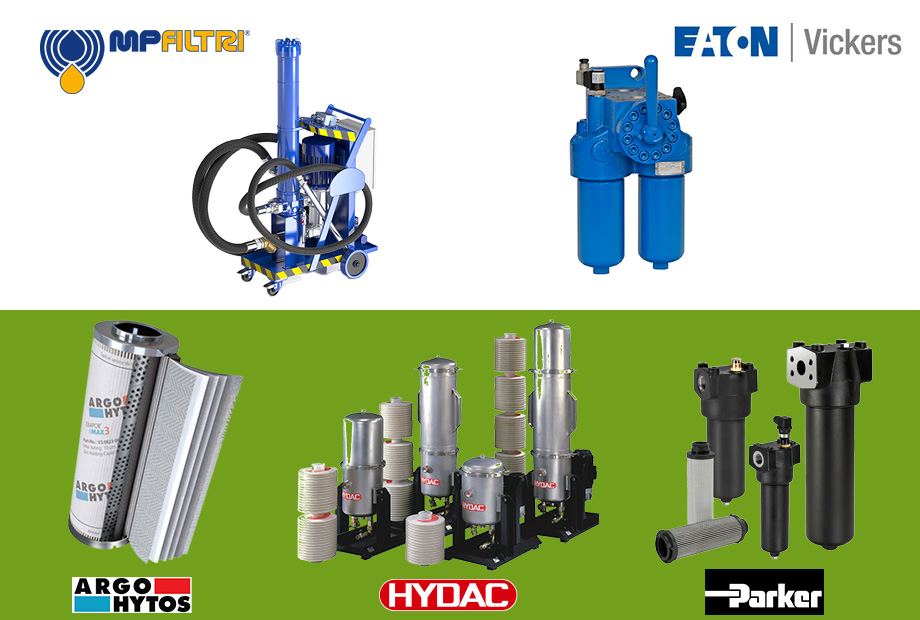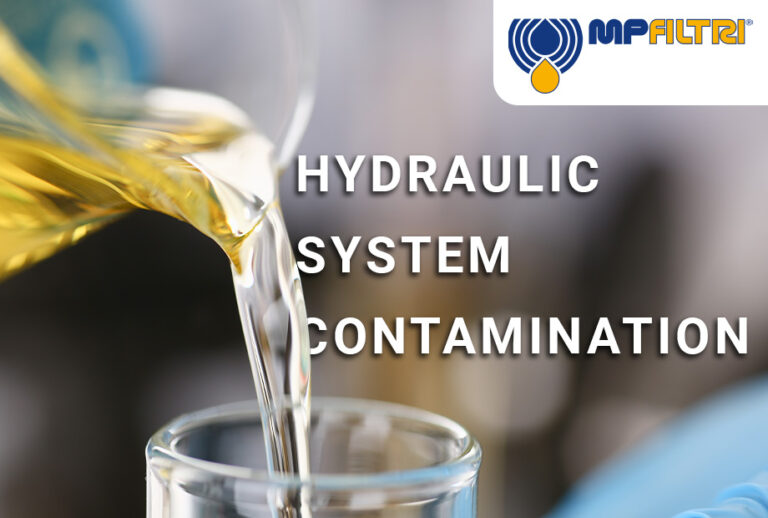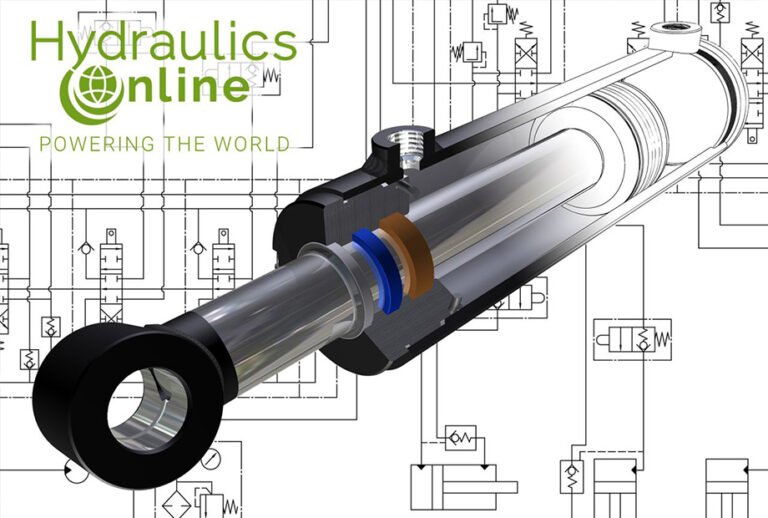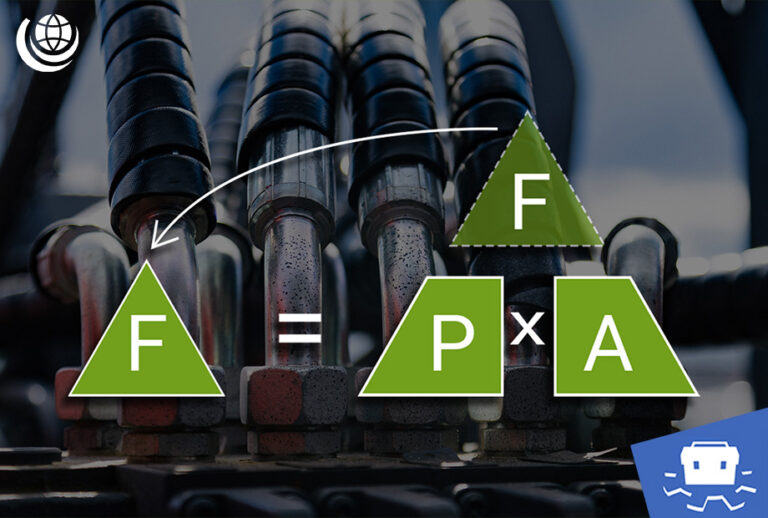Unplanned downtime always disrupts operations and productivity; effective hydraulic oil analysis is therefore crucial when looking after your machinery.
With 70 to 80 percent of all hydraulic failures being down to fluid contamination, it’s not exactly rocket science to say that ensuring regular, effective hydraulic oil analysis should be high on the agenda.
Hydraulic component contamination is categorised in three ways: gaseous, liquid or solid:
- Gaseous contamination can damage a hydraulic system’s lubricating properties. Subsequently, this creates wear and increases the chances of other types of contamination.
- Liquid contamination, on the other hand, not only alters the capabilities of the lubricating properties, but also causes rust.
- Solid contamination can cause valve blockages, substantial pump damage and blown seals and gaskets.
All three causes are completely avoidable.
Effective oil analysis: 10 steps to keep your oil clean
1. Monitor
Hydraulic fluid should be monitored routinely and sampled on a quarterly basis.
2. Identify
Identify what sort of contaminant may be present (solid, liquid or gas) to ensure that the right kind of analysis in undertaken.
3. Find the source
By identifying the source of the contamination, preventative action can then be taken. The contamination may be caused as a consequence of the equipment manufacturing process, air borne contamination or contamination produced as a result of the equipment in operation.
4. Neutralise
Take preventative action to offset the causes, and minimise the consequences of further contamination either through: oil transfusion, installing extra air filters and replacing worn or damaged components.
5. Benchmark
All hydraulic oil analysis codes are based off a code: ISO 4406. The relevant benchmark depends on the application in question.
6. Filter
Using hydraulic filters and filtration equipment can, in many cases, stop oil contamination. Determining flow rates, viscosity and pressure are necessary to finding the right filtering system.
As a leading hydraulic filter supplier we have widespread, competitive access to both leading and niche hydraulic filter manufacturers from around the world. Some of the hydraulic filter manufacturers and brands that we can supply include: Argo Hytos, Eaton Vickers, Hydac, MP Filtri and Parker Hannifin hydraulic filters.
Our technical team will be able to determine which filtration equipment is most suitable for your application.

7. Analyse
In order for oil analysis to be reliable, an in-depth inspection must be undertaken. This may be in a laboratory environment through microscopic particle count and gravimetric testing, or through a mobile particle counter installed on the machine.
8. Predict
Recording results will allow you to spot trends and identify possible future risks. This is really important to help reduce unexpected machinery downtime by scheduling future inspections in good time.
9. Prevent
To help prevent contamination:
- Always make sure oil is filtered;
- Change oil filters every 12 weeks;
- Take oil samples every 12 weeks to check cleanliness level;
- Install air breathers to reduce contamination.
10. Invest
There is, of course a cost involved in ensuring effective oil analysis, but it is nothing when compared to the cost of a replacement pump or even a complete system, lost production and goodwill with your customers.
We are the first choice for customers in over 130 countries worldwide, supplying a vast selection of hydraulic brands and components. You are guaranteed impartial, technical advice and optimal solutions. Every time. How can we help?
Expand your hydraulic knowledge with more articles from our Technical Knowledge Hub…
Hydraulic System Contamination
Hydraulic system contamination is responsible for 80% of system failures – whether through the introduction of contaminated fluid or more progressively through, for example, metal surface wear, corrosion or cavitation.
In this article, produced in conjunction with MP Filtri, we look at the effects of each, best practice for prevention, and how best to remove contaminants already in your system.
Learn MoreThe Vital Role of Hydraulic Cylinder Seals
Hydraulic cylinder seals are commonly found in applications where components are exposed to liquids. They play a vital role within the hydraulic system, as they enable the transfer of liquid power into linear motion.
Despite their durability, seals can however fail or cause serious damage if the settings are not correct leading to damage in the wider system.
Learn MoreAn Introduction to Hydraulic Pressure and Flow
Hydraulic systems are based on the principles of fluid dynamics – the branch of science dealing with the movement of fluids. An understanding of the key principles of fluid dynamics is, therefore, essential for anyone who wishes to build or maintain hydraulic systems. One of the first concepts that must be understood is how physicists quantify the movement of fluids, namely flow.
Learn More





